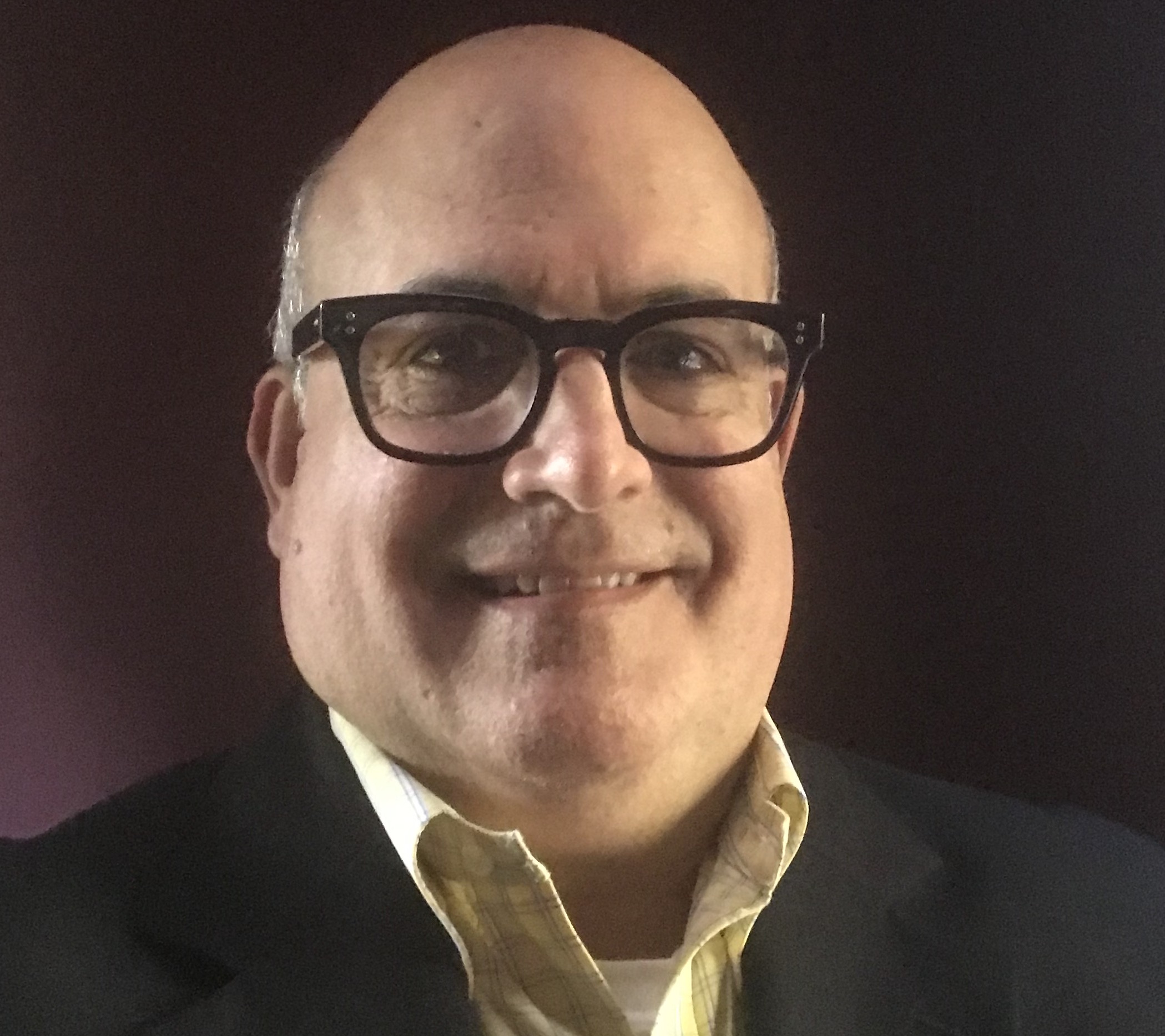



Get new exclusive access to healthcare business reports & breaking news




Contributed Article by Carmen Mazzatta, COO/CFO of POCN
Deeper understanding of the healthcare market, patients and providers, and measurement of the effect of product promotion based on multiple data sets has been a challenge taken on by the life sciences commercial sector for decades and is reaching new levels of success.
Healthcare providers, their patients and diseases they treat and the impact of promotion on healthcare products is a multi-billion-dollar global industry.
Why would a company want to jump into this area and what was the problem they were trying to solve?
POCN saw a need in the market. The original premise for the company did not focus on analytics. The company founder, Richard Zwickel, saw the rise in Nurse Practitioners (NPs) and Physician Associates (PAs) as a bigger force in the future of US healthcare. Many patients knew that they were more often seeing NPs and PAs, rather than physicians, But the data to support this was slow to arrive. The analytics and commercial groups inside large and small life science, biotech and med device companies had accepted the belief that a medical practice is run by a physician and all diagnosis and treatment decisions made by other providers were influenced by this physician. This belief was the norm and, when POCN entered the market, it needed to prove with the data, analytics and research that NPs and PAs Strongly influence the decision-making process.
The dynamics of the US healthcare marketplace evolved and the data, analytics, and research did not change at the same rate. The available data models were built on the assumption that physicians managed private practices and that they employed other physicians, NPs, nurses and PAs to help them maximize patient care and earn profit. In the past few decades, many of these practices have been purchased by Regional Healthcare Integrated Delivery Networks (IDNs), organizations that own and operate a network of one or more healthcare facilities. The Affordable Care Act also paved the way for a more efficient model due to a growing number of Americans with chronic diseases and the related costs. This put protocols in place and changed the hierarchy model to a corporate guideline and formulary model. It also reduced access to life sciences sales representatives. IDNs allowed Advanced Practice providers to be more autonomous within the corporate umbrella.To meet the demand of the changing environment, the pathway for NPs to have independent practices also increased.
There are currently 1,300 NP-owned and managed medical practices in the US. From 2020-2029, NPs are expected to grow at a 52 percent growth rate and PAs are projected to grow at a 34 percent rate, whereas primary care physicians are growing at 4 percent rate in the same period. PAs can practice autonomously in the Veteran’s Administration and both NPs and PAs can write prescriptions in all 50 states. Currently, over a billion prescriptions are written by NPs and PAs and this number is growing.
The data models to better understand the activities and trends of NPs and PAs didn’t exist and, since POCN needed better data to identify where NPs and PAs are working, the type of patients they were seeing, and therapies they are using, it needed to create new data models.
POCN licensed the full set of claims data and created a process for identifying location, specialty, attribution and thought leadership for these influential and important provider groups.
POCN SpecialtyTM was one of the most important breakthroughs for POCN, as NPs and PAs are not licensed and do not have state boards in a specialty like MDs do. With POCN SpecialtyTM, POCN uses a combination of data sets to identify NPs and PAs who are treating in a certain specialty a majority of the time. Of the 460,000 licensed NPs and PAs in the US, POCN was able to map close to 400,000 of these critical providers. This data allows POCN to engage with the NPs and PAs with relevant messaging to their specialty in a peer-to-peer environment.
POCN needed a partner that could extend the reach of POCN’s network beyond POCN.com, POCN+, America’s Top NP and America’s Top PA, and the POCN NP/PA Mentoring Program to a broader number of sites where NPs and PAs seek information. POCN found Lasso, the world’s first and only omnichannel platform for healthcare marketing and analytics.
For healthcare marketers, the launch of POCN SpecialtyTM on the Lasso platform means more targeted access and increased relevance of messaging to some of the most important decision makers in the patient journey. POCN’s exclusive audiences can now be seamlessly reached across all programmatic, social, and email channels.
This new partnership and channel is the most recent extension of POCN’s data and analytics journey, with the goal of understanding and supporting NPs and PAs to help them in their practice management and patient treatment activities by providing them with targeted information and opportunities to Earn, Learn, Care and Connect.


Finance, Technology Infrastructure, Operations and Product Management.
Prior to POCN, Carmen held General Management and Executive Positions at Cardinal Health,
Express Scripts, Syneos Health, Modern Marketing Concepts and managed his own consulting
practice and delivered M&A and Innovation Leadership projects for EQT Private Equity and
Publicis Groupe. Carmen also held Leadership positions with The Swatch Group where he led
Product Management and Technology Development and also held Engineering positions at
Verizon, The USAF and US Army.
Carmen was a Commissioned Officer in the USAF, holds an MBA in Finance from Loyola
University in Maryland and Engineering Degrees from Penn State University and Wilkes
University.